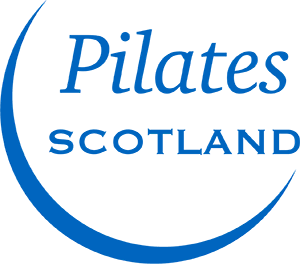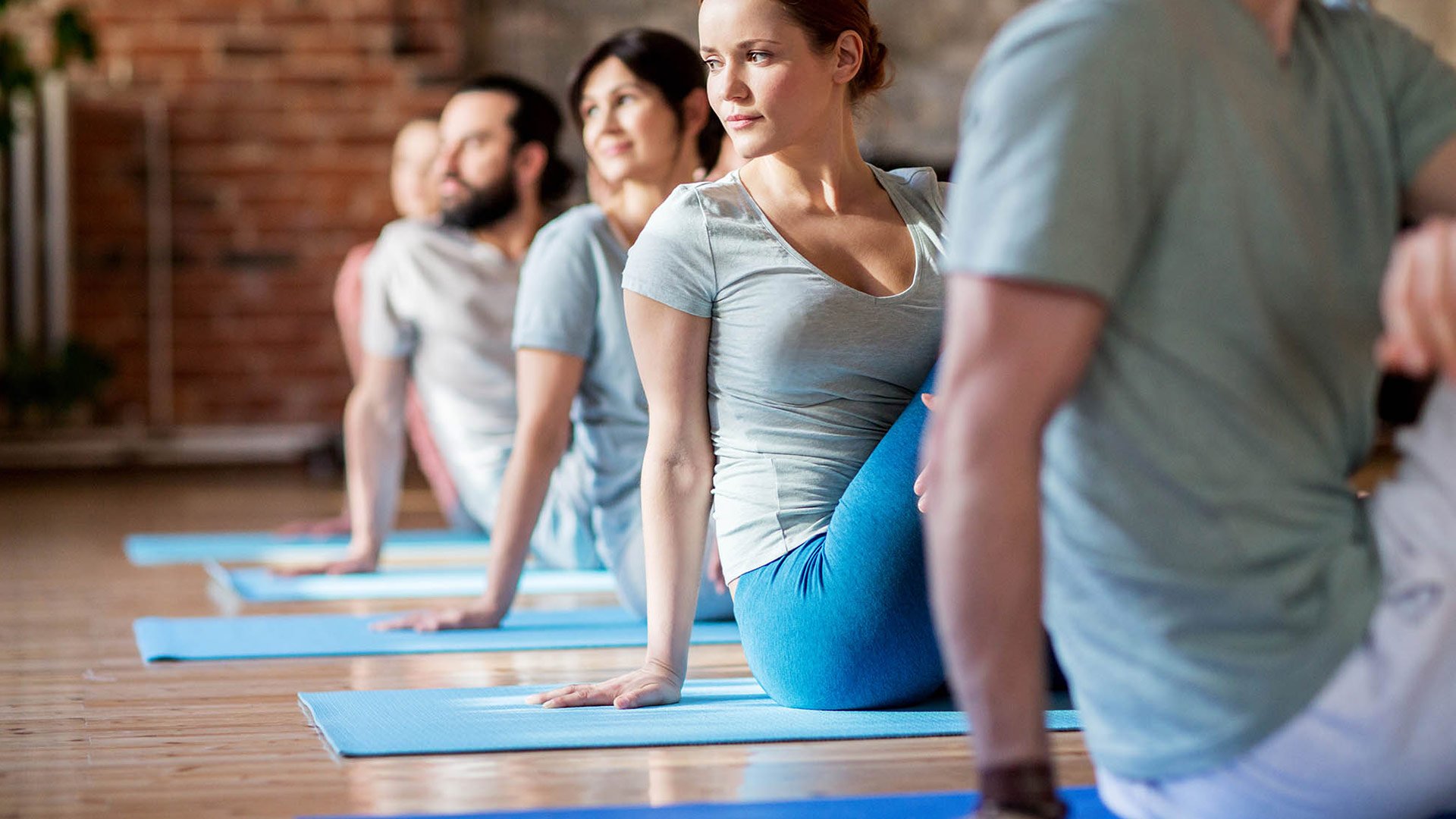
What are the myths and misconceptions about your pelvic floor?
The pelvic floor is a sling of muscle that is attached from your coccyx (tail bone) at the back and the pubic bone at your front. This muscle supports your bladder, urethra, bowel and rectum. As well as supporting the pelvic organs, it also contracts and lifts up to aid control of the bladder and bowel. In women the pelvic floor also supports the vagina and cervix. This leads to our first myth:
1. ''Pelvic floor is a woman's problem.''
No, men have pelvic floors too. Although men’s pelvic floor is not as fragile as a woman’s, (one in ten men opposed to one in four women have issues) both sexes complain of pelvic pain, incontinence and sexual problems. So it is important for your intimate wellbeing and health that you understand the importance of knowing what to expect from your pelvic floor.
2. ''It's normal to leak after pregnancy or as we get older.''
It is common, but not normal to leak urine when you sneeze, cough, laugh or take part in physical activity. Don’t accept this as your new normal. Help is available.
3. ''Uncomfortable sex is normal after childbirth or as you age.''
Uncomfortable or painful sex is never acceptable. It may be due to scarring after childbirth or damage to your pelvic floor muscle. Perhaps to reassure you, get things checked out by a health professional but fortunately, in most cases, your pelvic floor can repair itself through exercise.
4. ''I've had a caesarean section so I don't need to worry.''
Childbirth is not the only reason from problems with your pelvic floor. Other reasons include: being overweight, repeated jarring from exercise, lifting heavy weights with poor technique, that includes constantly lifting your children, ongoing straining from constipation and a hacking cough, usually due to smoking.
5. ''I should pee, 'just in case', before I leave the house.''
No, if you don’t need, don’t go. Peeing when you don’t need confuses your body/brain and sends the message that you need to go when your bladder is only partially full affecting your pelvic floors ability to hold for long periods.
6. ''Stopping your flow of pee midstream is good training for your pelvic floor.''
This technique is very controversial and has been proven to cause harmful urinary infections. So please do not do this. Also, do not hold on thinking this will benefit your pelvic floor. It won’t, but there are exercises that will help. If you need to go just go.
7. ''Special soaps and gels help maintain vaginal health.''
No, your vagina is self cleaning. It is designed to have the perfect PH and washing with warm water is all it needs to remain healthy. Use of soaps and gels may make you more susceptible to infections and rashes.
8. ''Pelvic floor exercises are annoying.''
Research has shown that people struggle to maintain their pelvic floor exercises. But the good news is the very basic exercises can be done sitting in a chair, lying on your bed or even when you’re standing waiting for the kettle to boil. These exercises don’t need special clothes or equipment and can be done any time.
9. ''I can't exercise.''
Many excuses are used to avoid doing pelvic floor exercises: being elderly, being overweight, having a chronic illness, having poor mobility to name a few. Pelvic floor exercises however, are very gentle and can really be done by anyone.
10. ''I've tried pelvic floor exercises and they don't do anything.''
Pelvic floor exercises need to be performed several times a day, every day and to reap the full benefits, correct technique must be used. As explained before pelvic floor is a muscle so must be trained regularly to maintain it. This changes are not visible but it’s great to know that our insides are feeling so much better.
Committing to daily pelvic floor exercises is undoubtedly time well spent. Nobody will see the benefit but you, but you will know you are exercising one of the most important muscles in your body. Christine from Pilates Scotland, gives us clear guidance on how to exercise our pelvic floor starting at the very beginning. Please read on to learn how to perform the very basic pelvic floor exercises and progress to our recommended daily Pilates exercises.
Lateral thoracic breathing
Don’t worry! It sounds harder than it actually is! First of all we have to ensure we are breathing well to encourage a good natural pelvic floor contraction. As you breath in think of your lungs as inflating balloons. You will feel your rib rage expand, moving in all directions, including the base of the lungs. You may even feel some movement of your pelvic floor downwards as you inhale and then up as you exhale, this is completely normal! Practice taking a few breaths with this new awareness.
Pelvic floor activation
Many of us are unsure how to ‘activate’ or ‘engage’ our pelvic floor muscles. Imagine you are stopping your pee flow or stopping yourself from passing wind. Are you doing it? That is your pelvic floor you can feel contracting. Try to feel your front and back passage lifting up and in together. You shouldn’t feel any bulging of your abdominal outwards, just a gentle tension within your pelvis. The deep core muscles and pelvic floor have been found to contract simultaneously which is why certain Pilates exercises can be a great way to connect with and strengthen this area of the body.
Now we know how to engage our pelvic floor muscles, we can start to perform pelvic floor basic exercises throughout the day. You can do these either sitting, standing or lying down.
Engage your pelvic floor muscles 10-15 times. Gradually build up the length of time you are engaging the area for before relaxing and repeating. Try not to hold your breath or bring any tension to your bottom or thighs.
Once you feel comfortable with engaging your pelvic floor and feel more confident, progress your practice to include these Pilates exercises below that we highly recommend to strengthen your pelvic floor.
Single leg extension
- Lie on your back (Semi supine position) with the soles of your feet on the floor, with your feet and knees inline with your hips.
- Inhale and engage your core muscles and pelvic floor.
- Exhale and lift your right leg to table top position (knee and 90 degrees and shin parallel to the floor)
- Inhale to extend your leg to 45 degrees.
- Exhale to draw the leg back to the table top position.
- Inhale to lower the leg back to semi supine position.
- Repeat on alternative sides 6-10 times.
- If this feels too challenging, extend the leg to 60 degrees to reduce the weight of your leg.
Supine twist
• Lie on your back in semi supine position (as before) lift your heels away from the floor. Bring your legs and feet together.
• Inhale and lower the knees to one side.
• Keep shoulders on the floor and feel the stretch in the lower back.
• Exhale and slowly bring your legs back to the start position and repeat on the other side.
• Ensure to engage your core muscles and pelvic floor as you return the legs to the centre.
• Repeat alternated sides 6-10 times.
Hip adductor
• Lie on your back in semi supine position (as before). Inhale and engage your core muscles and pelvic floor.
• On your exhale, float one leg at a time up to the table top position so both knees are stacked over the hips and shins are parallel to the floor.
• Inhale to prepare.
• As you exhale, keeping the left leg still, float your right leg wide, keeping the knee at 90 degrees.
• Exhale and slowly bring your right legs back to the table top position and repeat on the other side.
• Keep your pelvis still as you move and keep your shoulders down on the floor.
• Repeat alternating side 6-10 times.
Toe taps
- Lie on your back in semi supine position (as before). Inhale and engage your core muscles and pelvic floor.
- On your exhale, float one leg at a time up to the table top position so both knees are stacked over the hips and shins are parallel to the floor.
- Inhale to prepare.
- Exhale and tap right toes down towards the floor keeping the angle at your knee the same.
- Inhale and return your right leg to ‘table top’
- Repeat with the other leg.
- Keep your core muscles and pelvic floor engaged throughout the exercise.
- Repeat, alternating sides 6-10 times.
Shoulder bridge
•Lie on your back in semi supine position (as before).
• Inhale and engage your core muscles and pelvic floor. Tilt your tailbone up.
• Exhale and peel the spine off the floor lifting hips towards the ceiling, keeping the hips level.
• Inhale and hold
• Exhale to reverse the movement back down to semi supine position.
• Move slowly and controlled.
• Repeat 4-8 times.
To find out more about how Pilates Scotland can help you, please subscribe to our weekly newsletter below to receive regular tips and advice.



